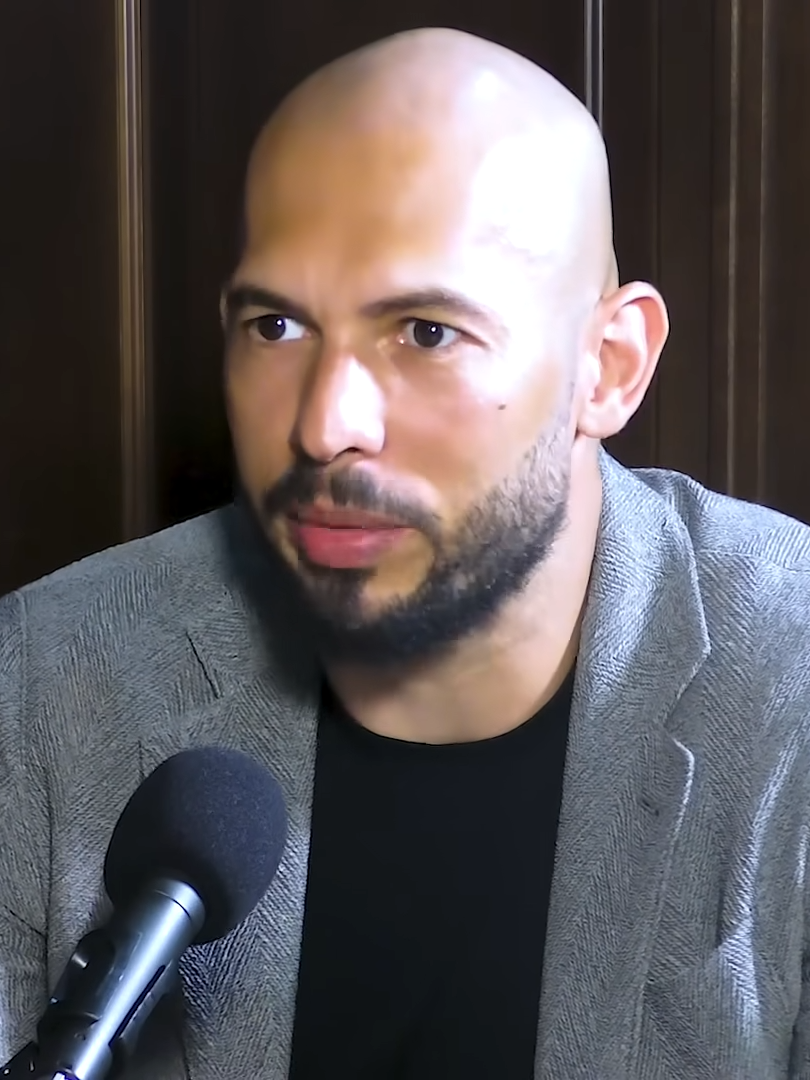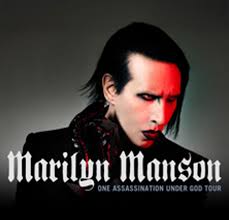
Introduction
Andrew Tate, a self-proclaimed entrepreneur and social media personality, has sparked substantial debate due to his polarising views and lifestyle. Once a professional kickboxer, Tate transitioned into business and online influence and has gained a significant following on social media platforms. However, his notoriety stems not only from his success but also from various controversies surrounding his opinions on masculinity and women.
Recent Developments
In mid-2023, Andrew Tate was involved in legal issues in Romania, where he faced charges related to human trafficking and rape. This situation attracted global attention and ignited discussions about misogyny and the responsibilities of social media influencers. Despite these legal troubles, Tate’s online presence has remained robust, with millions of followers across platforms like Instagram and TikTok. Many supporters view him as a champion of free speech, while critics argue that his content perpetuates harmful stereotypes and could encourage violence against women.
In the wake of his arrest and subsequent legal battles, Tate has been using social media to maintain his image, sharing messages of resilience and a ‘fight against the system.’ His ability to engage with fans through controversial statements and dramatic storytelling has kept him relevant amidst the scrutiny. Furthermore, his legal situation has led to calls for social media platforms to take a more active role in moderating content that may incite violence or spread harmful ideologies.
Broader Implications
The Andrew Tate saga reflects broader societal issues regarding masculinity, privilege, and the influence of social media. As digital platforms grow in power and reach, the challenge of regulating harmful content becomes increasingly pressing. Discussions around Tate’s impact also bring to light how influencers can shape public discourse and the responsibilities they bear in doing so.
Conclusion
Andrew Tate remains a polarising figure, embodying the complexities of modern social media influence. His ongoing legal battles and controversial statements will likely fuel further debate and interest in his story. As society grapples with issues of gender dynamics and the impact of online voices, Tate serves as a critical example of how one individual can encapsulate these broader themes. Readers are encouraged to consider the implications of Tate’s narratives and the role of influencers in shaping cultural discussions about masculinity and social values.
You may also like

The Extraordinary Journey of Dua Lipa

Understanding the Impact of Marilyn Manson on Music and Culture
